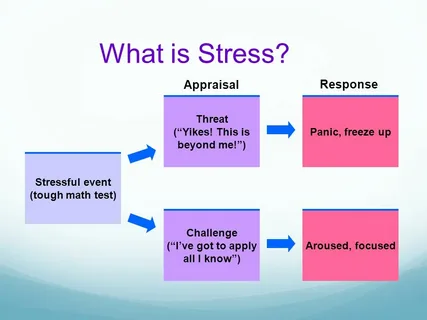To builders and subcontractors around the UK, the Construction Industry Scheme (CIS) is seen as more of an annoyance than a useful ally. While the scheme was introduced to keep tax in check within the construction industry’s notoriously cash-based environment, its real-world use has caused confusion, stress, and cash flow issues to many workers on the field.
Here, we look at why CIS has become such a pain for builders and subcontractors, how it’s impacting their profit levels and feeling of security, and what practical steps can be taken to survive.
What on earth is the Construction Industry Scheme, then?
The Construction Industry Scheme is HMRC’s way of ensuring that tax is collected at the source from subcontractors. Contractors deduct tax (usually 20% or 30%) from subcontractor payments and pay it to HMRC. It’s meant to promote better tax compliance in an industry in which underreporting was once common.
The concept is easy in theory, but in reality, things become problematic, especially when subcontractors pay more than what they are supposed to and wait months for a refund.
Why CIS Is Frustrating for Subcontractors
One of the biggest issues with subcontractors under CIS is the delayed access to funds that belong to themselves. The deductions are made before they receive payment, which can cause them problems with the cash flow, especially for those trying to make payments on material, equipment, or payroll.
On top of this frustration is the admin burden. Even if you are CIS registered, you still need to file a self assessment tax return each year. The majority of subcontractors are not aware of this and end up paying fines for late filing or getting it wrong.
Overpayments and Refund Delays
Overpayment is a common thorn under CIS. As HMRC only gets gross payments and deductions, they will usually hold on to the excess tax. Subcontractors have to wait, sometimes several months, before they can reclaim what they are owed.
This refund delay can be a major issue, especially for small subcontractors who rely on such funds to survive. The irony? HMRC is less willing to refund overpayments than it is to collecting tax.
How Contractors Are Affected Too
Contractors aren’t getting off easy either. They have to make sure that the subcontractors are verified with HMRC, making deductions properly, submitting monthly CIS returns, and issuing payment and deduction statements. One tiny misstep, whether its incorrect tax code or missed deadlines, triggers fines or queries.
All this admin time takes away from real project work and adds to the burden on the already demanding work.
What Can Be Done to Reduce the Burden
While CIS is not going anywhere anytime in the near future, contractors and subcontractors can take a few measures to protect their payments and avoid penalties.
First, ensure that you’re registered correctly with HMRC under CIS since your deduction rate can then be reduced to 20% as opposed to 30%. Second, maintain proper records of all the payments, invoices, and deductions. This eases the filing of tax returns and helps avoid errors.
Getting professional help from an accountant with experience working in the construction sector can be a lifesaver, too. They will see that you take all the right deductions that you are allowed, file everything on time, and get your refund faster.
Why It’s Not All Bad, But It Still Needs Work
The scheme has definitely improved tax transparency in the construction industry. It has become harder for rogue traders to get away, and there is an open paper trail. But that doesn’t make the system perfect. The pressure it puts on honest subcontractors, and the long processing time of refunds are two issues that need to be urgently addressed.
What important now is better communication from HMRC, quicker refunds, and more assistance for those trying to play by the rules.
Conclusion
The Construction Industry Scheme may have been set up with a good intention, but for many in the construction world, it’s seen as more of a chore than an asset. From initial deductions to slow refunds and over-complicated admin, subcontractors and contractors are suffering alike. Also, take a look into the new making tax digital checklist introduced as the new rule.
If you are contracting under CIS, don’t suffer in silence. Understanding the system, being honest with your books, and having the right support can make all the difference. Because let’s face it; building houses shouldn’t come at the cost of you building more stress.






